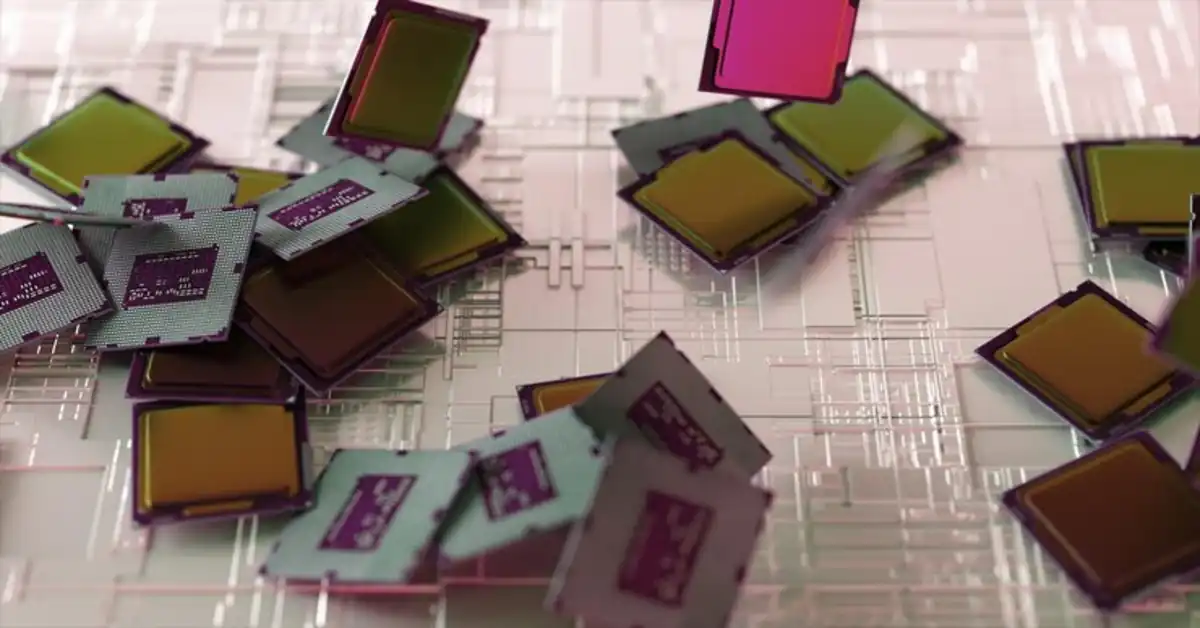Introduction
In the ever-evolving landscape of computing, the demand for greater speed, efficiency, and performance continues to drive innovation. One of the most significant advancements in recent years is Active Memory Expansion (AME), a technique designed to optimize system memory usage, reduce hardware dependency, and boost application performance. This article provides a comprehensive exploration of AME, illustrating how it redefines system efficiency and enhances the end-user experience.
Understanding Memory in Modern Computing
Memory in computing refers to the components that store data temporarily or permanently. System performance is heavily reliant on how efficiently memory is utilized. The two primary types of memory are:
- RAM (Random Access Memory): Temporarily stores data that the CPU needs in real-time.
- Storage Memory: Such as SSDs or HDDs, retains data persistently.
However, RAM is finite. When systems run multiple applications or data-intensive tasks, they risk running out of available memory, leading to reduced performance or system crashes.
READ MORE: Newtopy: Charting the Terrain of a Transformative Concept
What is Active Memory Expansion?
Active Memory Expansion is a dynamic memory optimization technology. It enables a system to increase the usable capacity of physical RAM by compressing data in real-time and storing it in a reserved area of memory. This compressed data consumes less space, allowing more data to fit into the existing physical memory.
Unlike traditional memory paging or swapping, which offloads excess data to slower disk storage, AME keeps data within RAM—albeit in a compressed state—significantly improving access times and overall efficiency.
How Active Memory Expansion Works
The core mechanism behind AME involves real-time compression and decompression. Here’s a breakdown of the process:
- Compression Engine Activation: When system memory usage approaches a predefined threshold, the AME engine activates.
- Data Compression: Less frequently accessed data in RAM is compressed using high-speed algorithms.
- Compressed Data Storage: The compressed data is stored within a dedicated area of RAM, not on disk.
- On-Demand Decompression: When the compressed data is needed, it is rapidly decompressed and made available to the CPU.
This entire process is seamless and occurs in milliseconds, making it virtually invisible to the user.
Benefits of Active Memory Expansion
1. Enhanced Performance
By retaining more data in RAM, even in a compressed state, AME reduces the need for disk I/O operations, which are significantly slower. This leads to faster application performance and system responsiveness.
2. Cost Efficiency
Organizations can extend the life of existing hardware by avoiding immediate upgrades. AME enables systems to handle larger workloads without physically adding more RAM.
3. Improved Multitasking
AME allows users to run more applications simultaneously without performance degradation, crucial for power users, professionals, and enterprise environments.
4. Energy Efficiency
Keeping operations within RAM reduces the need for disk access, leading to lower power consumption, particularly in large-scale server environments.
Limitations and Considerations
While AME offers numerous advantages, it also presents some limitations:
- CPU Overhead: The compression and decompression processes require CPU cycles, which could marginally affect performance if CPU resources are already maxed out.
- Compatibility: Not all operating systems or hardware platforms support AME natively.
- Workload Suitability: AME performs best with workloads that have compressible data. Highly encrypted or already compressed data may see limited benefits.
READ MORE: What Is Flixtor SE? A Deep Dive into the Streaming Site People Are Whispering About
Active Memory Expansion vs. Traditional Memory Management
Traditional Memory Management
- Relies on paging and swapping.
- Offloads data to disk when RAM is full.
- Slower data retrieval due to disk latency.
Active Memory Expansion
- Keeps data in RAM via compression.
- Eliminates frequent disk access.
- Provides faster, more efficient data handling.
Use Cases and Industry Applications
1. Data Centers and Cloud Services
Cloud providers use AME to maximize the efficiency of physical servers, enabling higher virtual machine (VM) densities without compromising performance.
2. Enterprise Applications
Businesses running complex ERP, CRM, or data analytics systems benefit from the enhanced multitasking and performance AME provides.
3. Edge Computing and IoT
In resource-constrained environments, such as IoT devices or edge computing nodes, AME allows for more efficient memory use without increasing the hardware footprint.
4. Virtual Desktop Infrastructure (VDI)
VDI environments rely on shared resources. AME enables more users to work concurrently on a single server by optimizing memory usage.
The Future of Active Memory Expansion
As workloads grow more complex and data volumes explode, the need for intelligent memory management solutions will intensify. Future developments in AME may include:
- AI-Driven Compression Algorithms: Using machine learning to predict which data to compress for even greater efficiency.
- Hardware-Assisted Compression: Integration of dedicated chips for faster compression/decompression.
- Broader Platform Support: Extension of AME capabilities to more operating systems and hardware configurations.
Best Practices for Implementing AME
To effectively deploy AME, consider the following best practices:
- System Assessment: Understand your system’s workload and memory usage patterns.
- Testing: Implement in a controlled environment before full-scale deployment.
- Monitoring Tools: Use performance monitoring tools to evaluate AME’s impact.
- Regular Updates: Keep your system firmware and AME software updated for optimal performance.
Conclusion
Active Memory Expansion is not just a stopgap for insufficient RAM; it’s a forward-thinking solution to the modern computing challenge of resource optimization. By intelligently compressing data and keeping it in RAM, AME delivers improved system performance, better multitasking, and extended hardware longevity. As businesses and individuals strive for faster, more efficient computing experiences, technologies like AME are essential tools for the journey ahead.
FAQs
Q1: Does Active Memory Expansion replace the need for more RAM? No, it complements existing RAM by optimizing its use. For heavy workloads, physical RAM upgrades may still be necessary.
Q2: Can Active Memory Expansion slow down my system? It may introduce minimal CPU overhead during compression tasks, but this is usually offset by performance gains from reduced disk access.
Q3: Is Active Memory Expansion suitable for gaming? While not primarily designed for gaming, AME can help improve performance in memory-intensive games if the data is compressible.
Q4: Is AME supported on all operating systems? No, support varies by OS and hardware. Always check compatibility before implementation.
Q5: How is AME different from virtual memory? Virtual memory swaps data to disk, while AME keeps it compressed in RAM for faster access.









